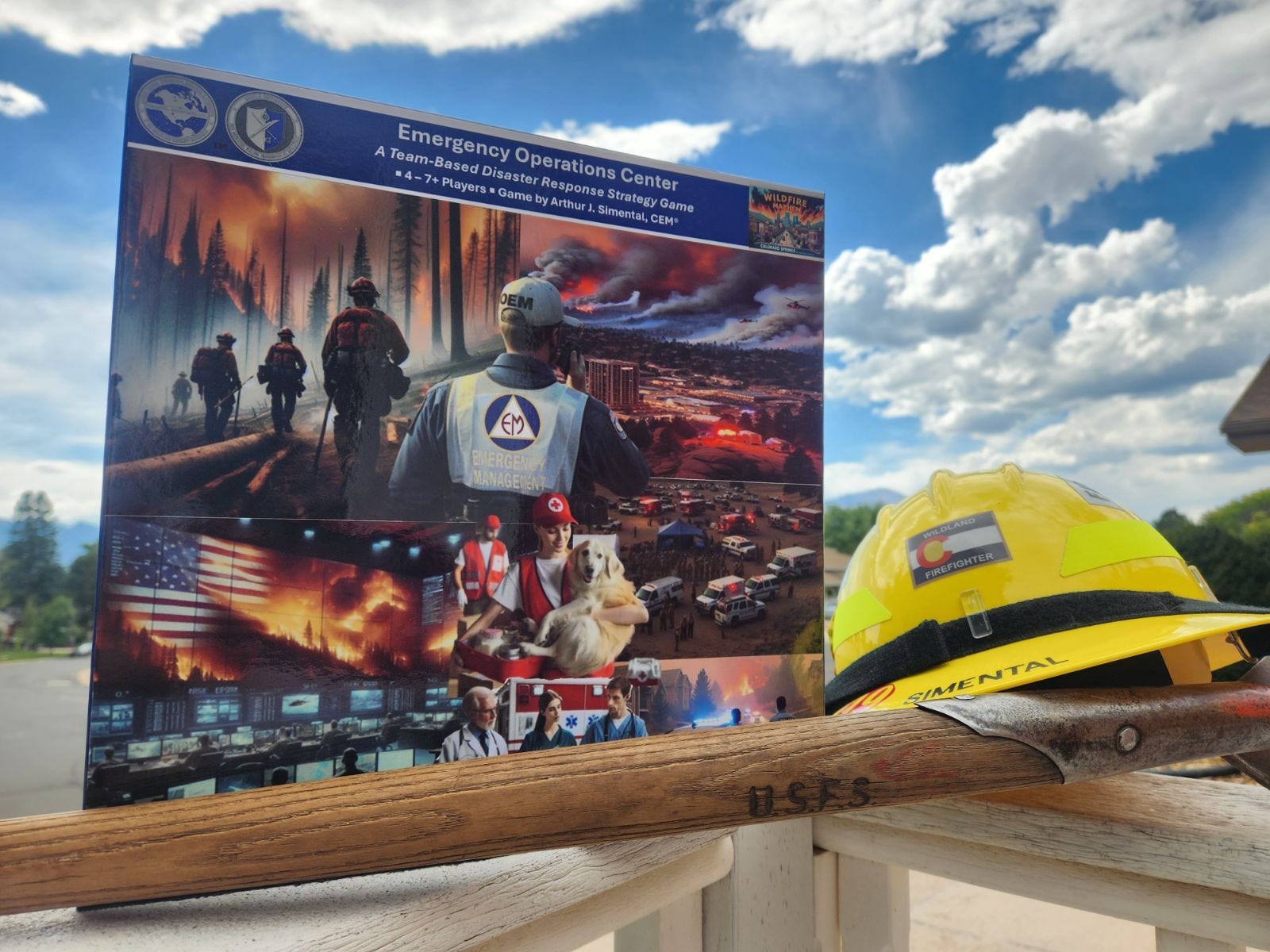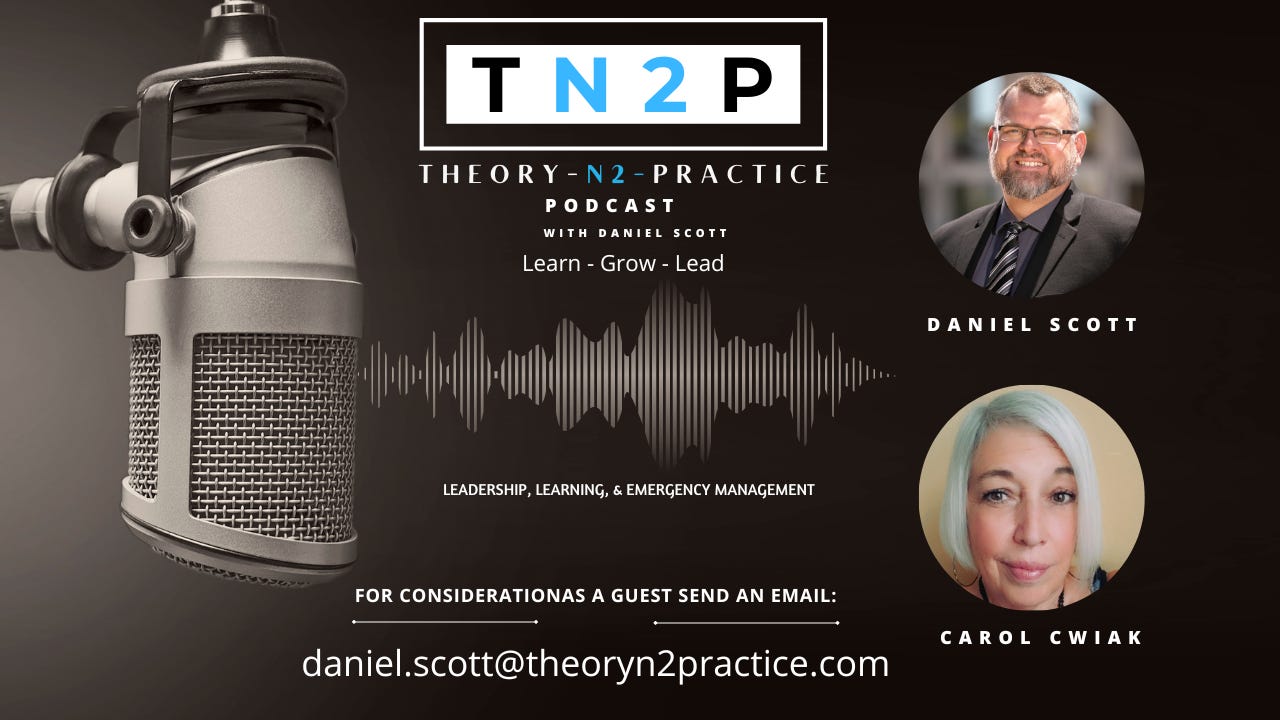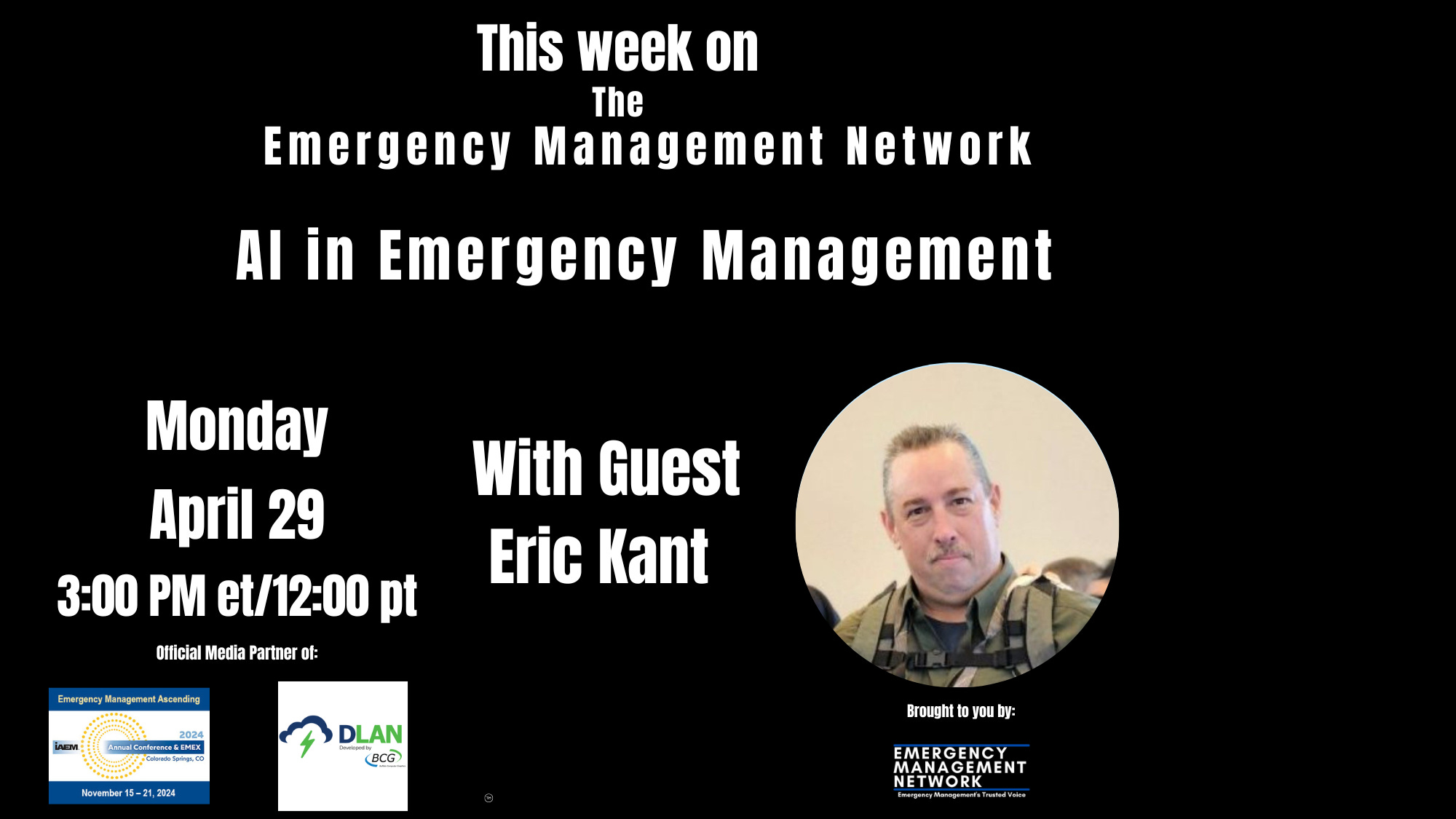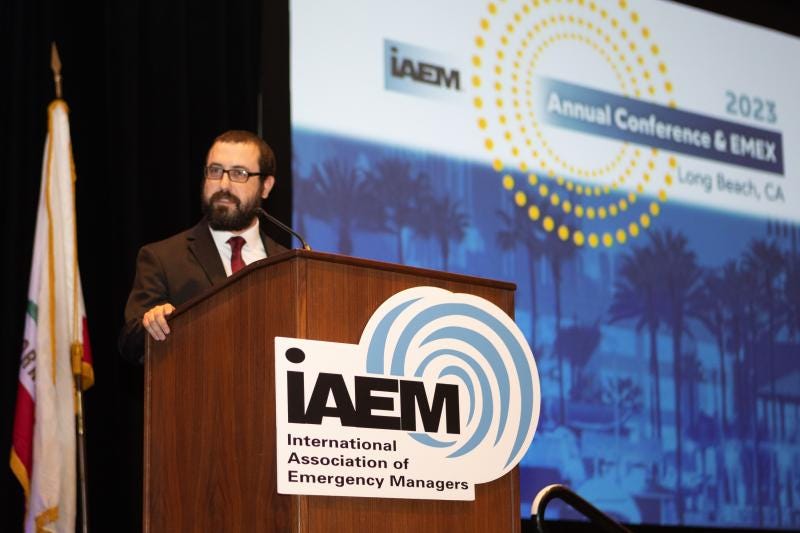AI in Emergency Management
Description
Transcripts were produced by Streamyard and edited for easier reading. The content has not been changed
Good afternoon, everybody. This is Todd DeVoe, your host of the Emergency Manager Network. We are starting a new series brought to you by DLAN, where we'll be discussing various ideas in emergency management, policy ideas, and how we can move things forward.
Today, we're focusing on artificial intelligence and machine learning and how these technologies impact emergency management and decision-making. Tim Matheson from Buffalo Computer Graphics and Eric Kant are joining me. We'll have an in-depth conversation about machine learning and AI.
First, let's welcome Eric to the show. Hey, Eric, welcome.
Hey, thank you for having me, Todd. Glad to be here.
Absolutely. I'm going to bring Tim in, too. You know each other, so no formal introductions are necessary, but we'll do some self-introductions in a moment. Eric, could you give us a quick background on yourself? Your background is impressive, from what you've done in the past to what you're doing now and how you're using AI.
Sure. My background has been one of luck and privilege. I started as a firefighter-paramedic in both New York and Florida, where I experienced six presidentially declared disasters. During that time, I was with a very progressive department, and we implemented cutting-edge software, hardware, and processes, even in the mid-90s. I then helped build out systems for disasters like 9/11, Katrina, and Sandy. During those years, I met Tim and Buffalo Computer Graphics, and we worked on several interoperability projects. In the last few years, I've been focused on decision intelligence, applying what is now termed AI, although many of us have been working with these concepts for at least a decade.
AI is indeed an interesting and somewhat misunderstood term. We often hear about ChatGPT as AI, but there's more to it. Tim, could you introduce yourself and talk about what you guys are doing at Buffalo Computer Graphics?
Thanks, Todd. I'm the Director of Products at Buffalo Computer Graphics, and we develop incident management software. Incident management software can encompass a wide range of functions, from situational reporting to resource tracking and documentation. AI is becoming a significant part of this as more people want to use their data to make informed decisions.
Thanks, Tim. And thank you for the work you guys are doing at Buffalo Computer Graphics. AI is often misinterpreted, especially with tools like ChatGPT. Eric, can you explain what AI really is?
Absolutely. AI is defined by governance and regulations, which is crucial. For instance, the White House Executive Order and the EU Artificial Intelligence Act offer broad definitions of AI, covering various technologies from regression algorithms to more advanced systems. When we talk about AI, it could mean many different technologies, such as machine learning models, neural networks, and natural language processing, among others.
When it comes to large language models like ChatGPT, they're essentially statistical tools guessing the next word or phrase based on patterns in the data they were trained on. They don't truly understand language; they operate on tokens, which are sequences of characters and spaces.
Let's discuss using AI in emergency management. We had a discussion about using language models to write emergency messages on the fly, but we agreed that's not a great idea because you need human oversight. However, language models can help create more inclusive messages by refining the language used.
I completely agree. Using a large language model for on-the-fly emergency messaging is risky. However, it can be useful for planning and ensuring messages are clear and inclusive. For instance, it can help refine directions or instructions to avoid ambiguity.
Exactly. Now, Eric, could you talk about decision intelligence and how it integrates with AI to help make decisions in emergency management?
Sure. Decision intelligence is a framework that augments AI to make it useful for decision-making. It involves modeling and contextually framing decisions, which helps in evaluating complex situations. For example, we use decision intelligence to simulate various scenarios and bring back multiple courses of action based on operational parameters.
Tim, how does this apply to your work with Buffalo Computer Graphics?
We use AI to enhance our incident management software, helping users navigate and understand their systems better. AI assists with customer support, creating internal documents, and responding to requests. However, it's crucial to vet AI outputs carefully because they can sometimes produce unexpected results.
Absolutely. AI can provide valuable information, but human oversight is essential. For instance, when dealing with large-scale events like recent tornadoes, AI can help process vast amounts of data quickly, but final decisions should always be made by informed humans.
Exactly. AI should be seen as an assistant rather than a decision-maker. By modeling decision processes, we can use AI to provide better insights and recommendations without fully relying on it to make critical decisions.
Eric and Tim, thank you for sharing your insights. If anyone has questions or wants to learn more, how can they get in touch with you?
You can find me on LinkedIn and other professional networks. Tim, what about you?
We are continuously working on new projects at Buffalo Computer Graphics, integrating AI to improve our systems. Feel free to reach out to us through our website or LinkedIn.
Great. Thank you both for your time. For everyone listening, it's crucial to stay updated with the latest tools and methods in emergency management. Until next time, stay safe and stay hydrated.
This is a public episode. If you’d like to discuss this with other subscribers or get access to bonus episodes, visit emnetwork.substack.com/subscribe
























